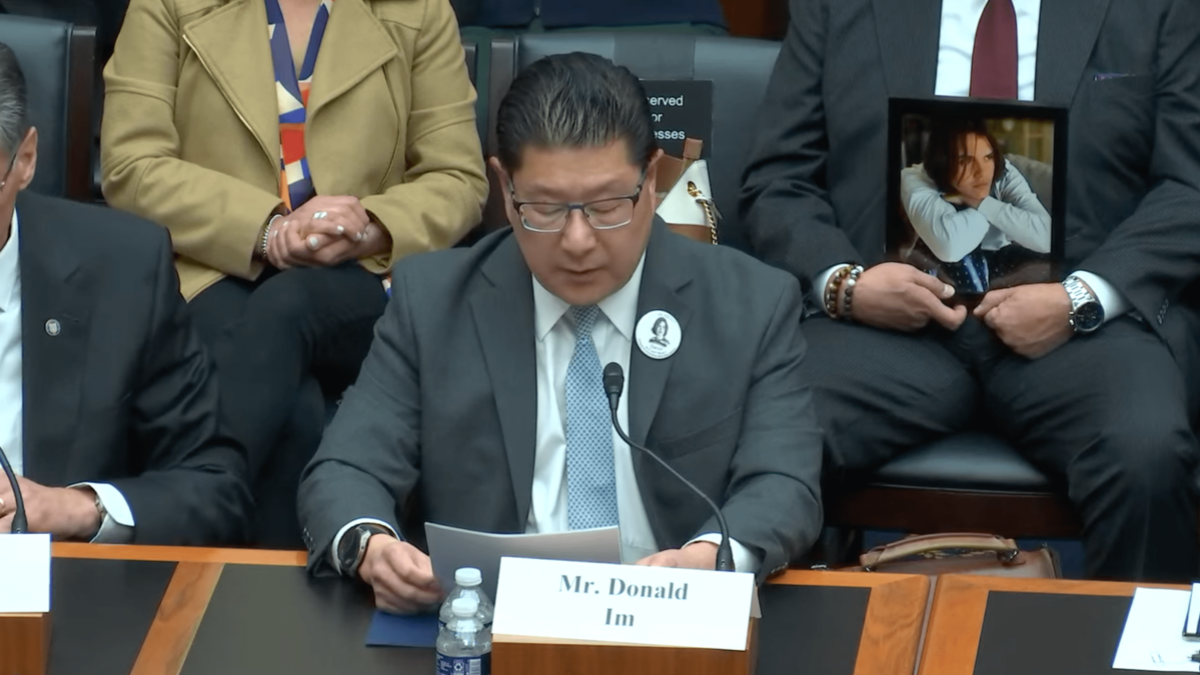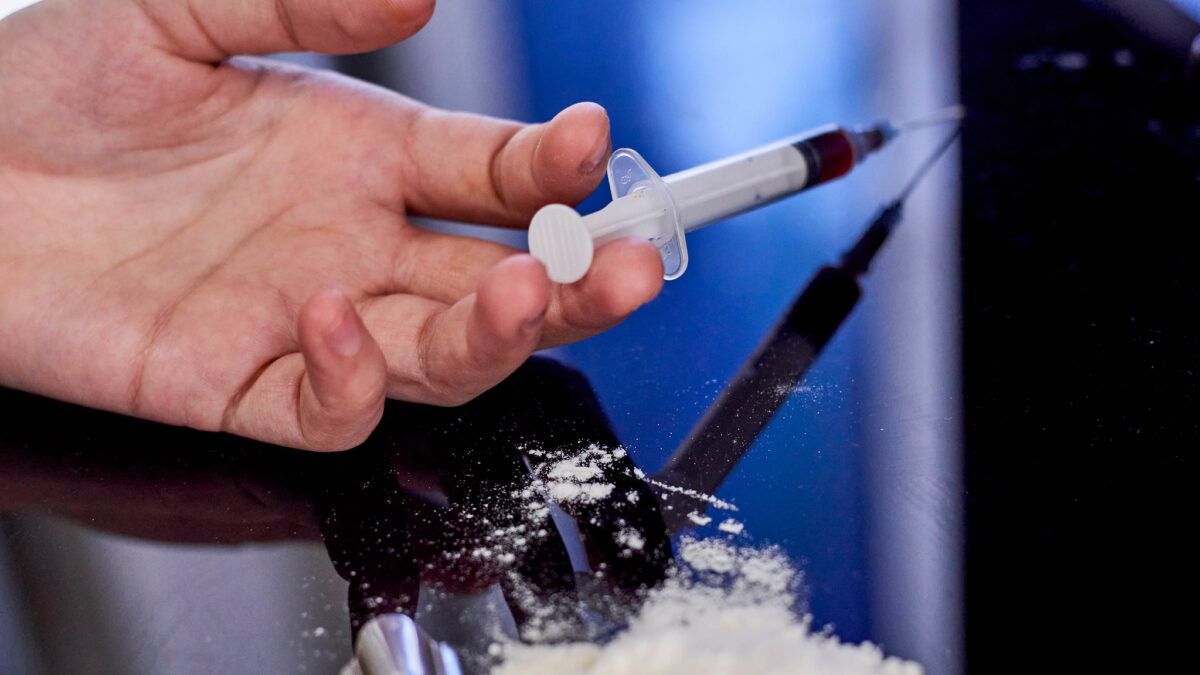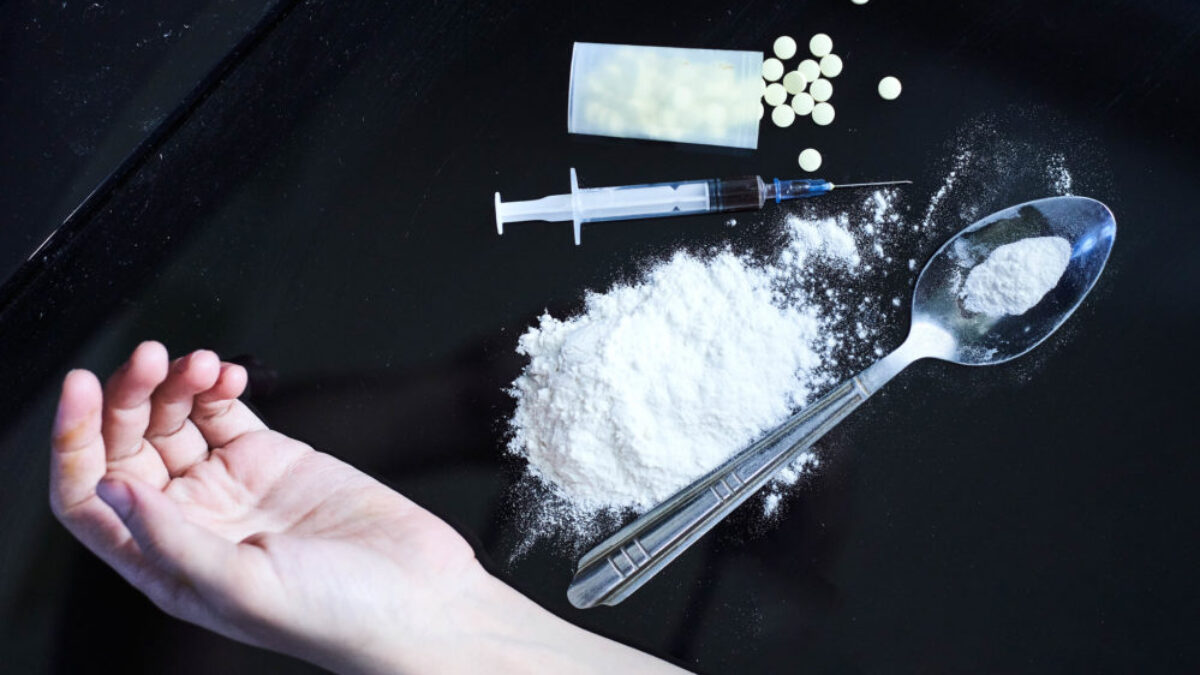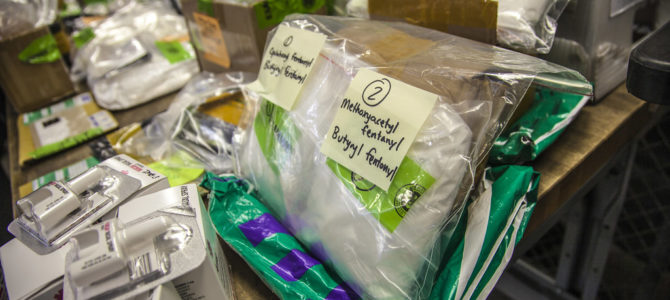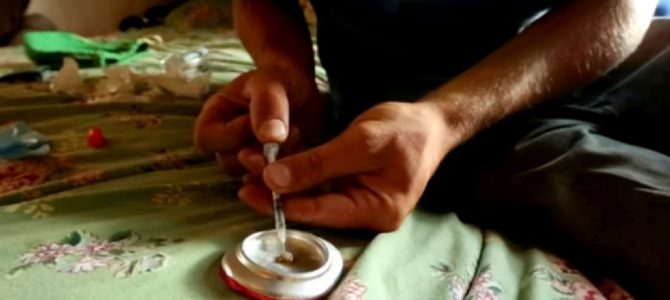
It’s just another Tuesday in the Emerald City, as Seattle Mayor Ed Murray has announced another seemingly outrageous public policy. To round out his progressive vision for Seattle, which includes designated homeless encampments and transgender bathrooms, he and King County executive Dow Constantine have directed the Seattle/King County Public Health department to set up two pilot “safe injection sites.”
Essentially, these sites allow drug users to inject illicit drugs under the supervision of medical professionals, who could intervene in case of overdose. Providers on site would also be tasked with directing users toward treatment. As Q13 Fox reported, Murray said his visit to Insite (a “safe consumption site”) in Vancouver, B.C., “made clear these sites save lives, and that is our goal…Keeping people alive gives them the opportunity to get treatment and begin their path to recovery.”
The sites have been dubbed Community Health Engagement Locations, or CHELs. Of course, both that title and “safe injection site” are misnomers. There’s nothing healthy about shooting up. In fact, every fiber of my conservatism tells me this plan is no good and will only lead to misery. The disciplinarian in me says dangerous vices should be punished and deterred, not enabled, but the empathetic side asks: What if it were my brother, sister, or child who was an addict? I’d likely be begging for this service. I’d say, “Please, please, keep my child alive until he can get help. Do whatever it takes.”
The Pros and Cons of ‘Safe Injection Sites’
“Safe Injection Sites” are a relatively new concept, and even though the model is illegal under the federal Controlled Substances Act, legislative efforts are sprouting up across the country to implement it, including San Francisco and Ithaca, New York. The first safe use site opened in Switzerland 30 years ago, and 90 are reportedly open worldwide. The Vancouver site, which opened in 2003, is unique in North America. Boston Healthcare for the Homeless runs a similar operation, but prohibits illicit drug use on the premises, treating users afterward.
Such sites are likely to attract drug addicts to the host city, conservative critics argue, and that would sap government resources and contribute to societal decay. In that respect, it fits Murray’s plan to roll out the welcome mat to the chronically homeless and the shopping cart full of problems they bring to a city: crime, drug use, litter and refuse, and depreciation of property value near encampments. Addiction and homelessness go hand in hand. Enabling addiction, if that’s what these sites do, would only lead to more homelessness and more societal decay.
That’s not to mention the questionable ethics of medical professionals actually helping addicts to get their fix, with no commitment to detox or treatment. A user has to want to get clean to make progress toward that end. When he doesn’t, he will follow the other homeless addicts back to the encampment where he can continue on a slow and painful death spiral. Prevent as many overdoses as you may, heroin and cocaine abuse kill eventually. In the meantime, their presence will inflate homelessness statistics.
We Don’t Really Know Yet
I know the conservative arguments against this idea. I’ve employed them on my own mind. Yet I find my own ideology insufficient to convince me this is the moral, political, and cultural disaster many conservatives are decrying.
I can’t point to rock-solid evidence that it’s a really good idea either, although the numbers look promising. Vancouver’s “Insite” can boast zero deaths in their facility. Medical professionals there performed 768 overdose interventions in 2015-2016, and 7 percent of individuals who used the facility entered detox for that time frame, half of which (252 clients) finished the program. Similarly, Boston’s Healthcare for the Homeless operation, which has monitored 400 unique individuals post-injection, reported 10 percent entrance of their patients into treatment.
The Washington Post reported that in the two years after Insite opened for users, “overdose deaths in the surrounding community dropped by 35%.” Still, the trend of ODs for British Columbia has trended upward since 2002, climbing steeply in the last five years, which the Office of the Chief Coroner attributes to the entrance of fentanyl, a highly potent opiate, into the black market.
Safe injection sites are based on a “harm reduction” model, as opposed to an abstinence enforcement model. The purpose of the facilities is not to enable addicts to self-destruct. The best way to do that is to let them continue shooting up in homes and on the street. The intent is to mitigate harm to addicts by preventing death by overdose and the spread of disease through dirty needles, while attempting to funnel them toward detox and treatment, if they decide to get clean.
It’s Not Enough to Just Say Stop
As I mentioned above, an addict has to want to turn her life around. Law enforcement will always attempt to prevent illicit drugs sales by targeting the dealers, of course, but addicts will shoot up as long as they can access the drugs, whether slouched in a back alley or reclined in a patient chair, off the street and behind closed doors, with their vitals monitored by a nurse.
Now, proponents of limited government such as myself would rightly raise the question: why should the government pay for this? After all, that’s the real crux of the objection for most conservatives: taxpayers are funding illicit, destructive behavior. But ideological purity must inevitably confront political reality: Addiction costs municipalities in some way already (perhaps more than a harm reduction model) through police involvement and (often) emergency medical response services. Most large cities are going to fund the “war on drugs” anyway with various programs and facilities (such as methadone clinics), either with taxes they levy themselves, or federal grants.
Fighting the nation’s opiate crisis being largely a settled issue, then, often the only question left to address is how the war on drugs is to be fought, and harm reduction models such as safe injection sites might be an effective tool.
Addicts and Their Families Are Part of Our Society, Too
Conservatives also pride themselves on concern for the integrity of the culture as well as policies that let economic activity flourish. Yes, drug abusers are caught up in a dangerous world, but safe use sites could help mitigate its effect on the rest of the culture. The most obvious benefit must be given appropriate weight: fewer users will be shooting up in the open (a common occurrence in San Francisco), blighting local businesses, discouraging tourists, and setting an awful sight before young children. Vancouver’s site provides strong evidence that at least the facility can prevent deaths and steer at least a small percentage of users toward rehabilitation. That’s good for users, their families, and the culture.
But what ultimately persuades me in favor of legalizing safe injection sites is my conviction that addict deaths are a worse blight on society than addiction itself: they are unquestionable tragedies. Paramedics don’t want to rush to the scene only to discover it’s too late; the front lines of enforcement don’t want to bag up another body for the coroner and inform the next of kin; those kin don’t want to weep over a coffin for a life cut short in cruelty and anguish.
So at the very least, state and local governments shouldn’t be hampered by federal law. These proposed sites are currently illegal, since the federal government’s drug policy is based on the abstinence model. Meanwhile, the opiate crisis claimed 33,000 lives in 2015 and the death toll continues to climb. Lower levels of government as well as private enterprises should have the freedom to try new methods of overcoming this wave of addiction and death, even if it means aiding drug abusers by providing safe injection sites.


